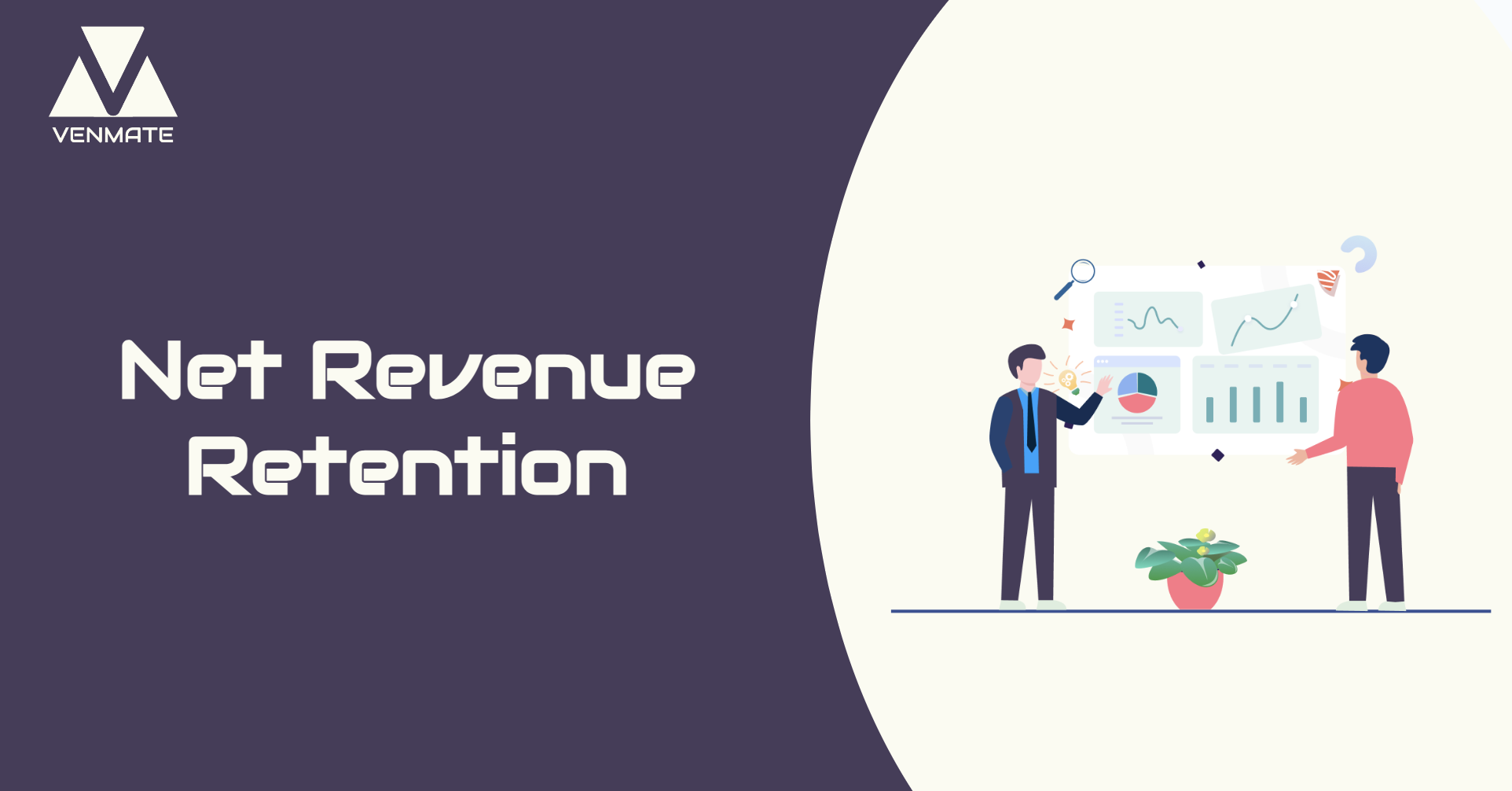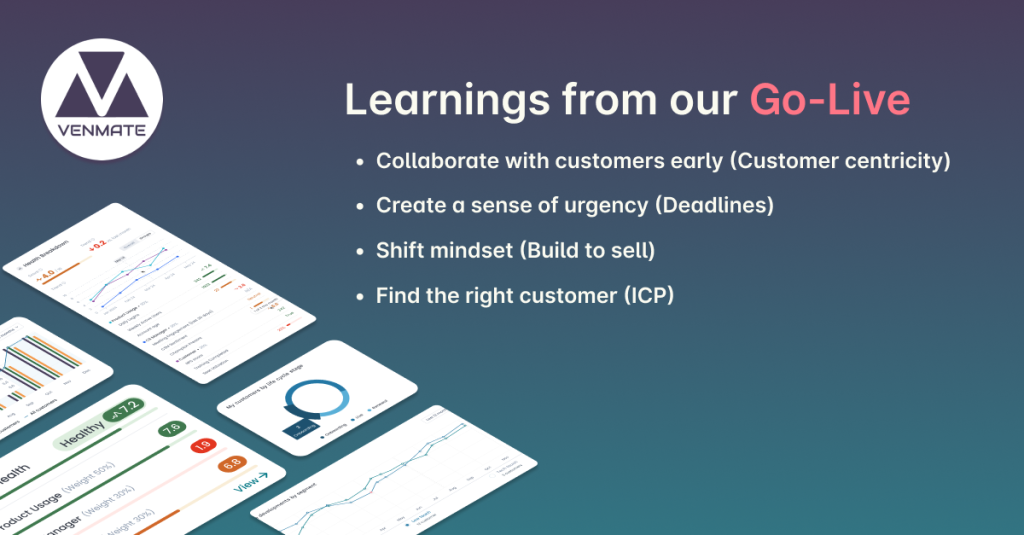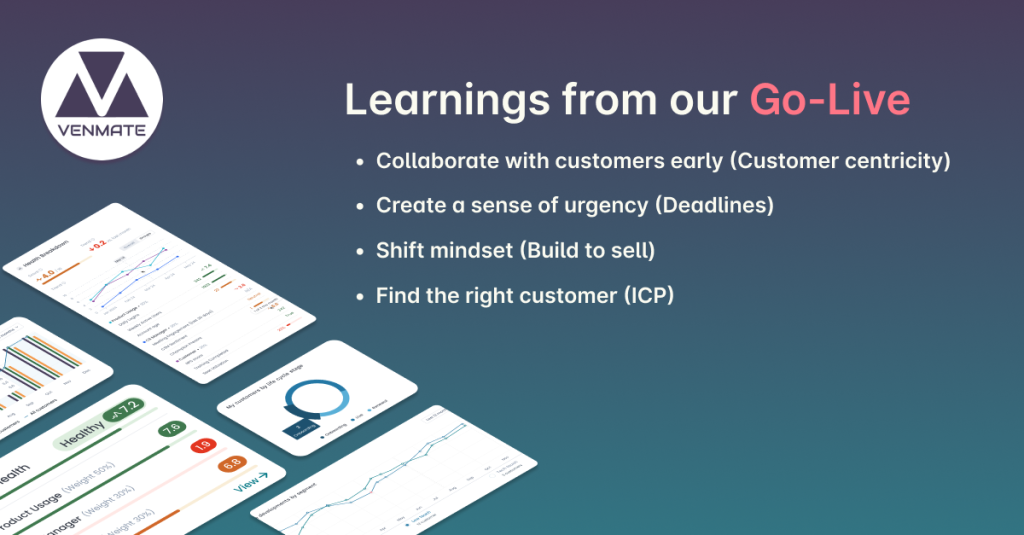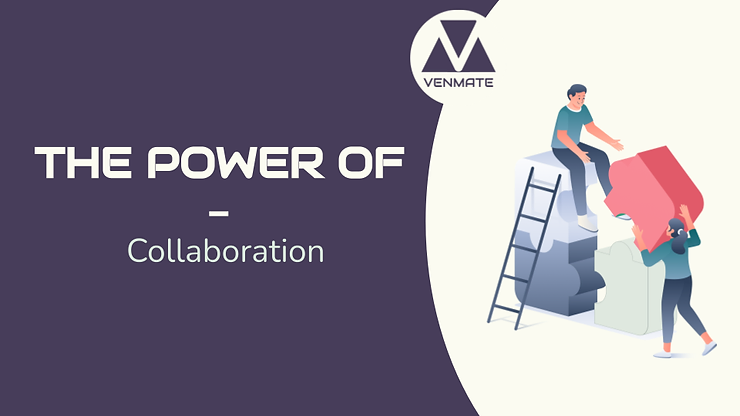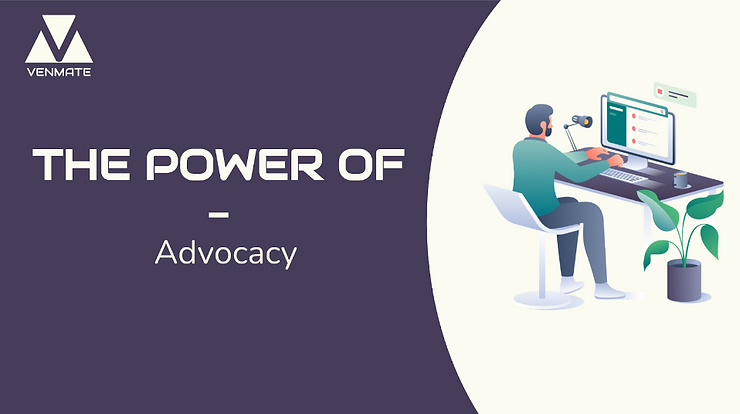In the competitive realm of Software as a Service (SaaS), ensuring customer success is about more than just satisfaction—it’s about continually enhancing the value they derive from your product, leading to sustainable business growth. Among the myriad metrics used to gauge customer success, Net Revenue Retention (NRR) stands out as a vital indicator of a company’s health and its potential for long-term profitability.
What is Net Revenue Retention?
Net Revenue Retention (NRR) is a comprehensive metric that measures the revenue retained from existing customers over a given period, including factors like upgrades, downgrades, and churn. This metric provides a deeper insight into the actual monetary value retained by the company, reflecting how effectively a business maintains its revenue base amid the fluctuations of the customer lifecycle.
Why NRR Matters
- Financial Health Indicator: NRR helps businesses gauge how effectively they are retaining and growing revenue from their existing customer base. A high NRR often correlates with high customer satisfaction and a strong product-market fit.
- Predictive Growth Metric: Companies with robust NRR are generally well-positioned for sustainable growth. NRR accounts for expansions (upsells and cross-sells), making it a predictive measure of future revenue streams.
- Investment Attractiveness: Investors often view NRR as an indicator of a company’s efficiency and scalability potential. A strong NRR suggests lower customer acquisition costs relative to the customer lifetime value, enhancing business attractiveness.
Calculating NRR
To calculate NRR, consider the following formula:

Where:
- Starting MRR (Monthly Recurring Revenue): The revenue at the start of the period.
- Expansion Revenue: Additional revenue generated from existing customers through upsells or cross-sells.
- Churned Revenue: Revenue lost due to customer cancellations or downgrades.
For example, if a company starts the month with $100,000 MRR, gains an additional $20,000 from upgrades, and loses $5,000 due to churn, the NRR would be:

An NRR of over 100% is generally considered excellent, as it indicates that revenue growth from existing customers exceeds losses from churn.
Strategies to Improve NRR
Enhancing Net Revenue Retention (NRR) is crucial for the sustainable growth of any SaaS business. Here’s a detailed look at advanced strategies to optimize NRR:
1. Enhance Customer Onboarding
Effective onboarding is crucial as it helps new users understand and leverage your product quickly and efficiently, thereby reducing initial churn and increasing satisfaction.
- Actionable Tip: Develop a segmented onboarding process tailored to different types of users. For instance, provide basic onboarding for new users and advanced onboarding for tech-savvy or returning users, focusing on features they are most likely to use.
2. Proactive Customer Success Program
Proactivity in customer success involves anticipating customer needs and addressing potential issues before they impact the customer experience.
- Actionable Tip: Set up a system of alerts for customer success managers when usage patterns change unexpectedly, indicating possible dissatisfaction or a need for additional training or resources.
3. Foster Customer Engagement Through Regular Check-Ins
Engaging customers through regular check-ins helps in understanding their ongoing challenges and successes, and can guide them through newer features or optimizations they might not be aware of.
- Actionable Tip: Implement a structured check-in schedule that includes monthly emails and quarterly calls to ensure customers feel supported and valued.
4. Develop a Customer Education Program
Continuously educating customers about your product can lead to deeper engagement and usage, directly impacting NRR positively.
- Actionable Tip: Develop a resource hub with video tutorials, case studies, and detailed articles that help customers understand how to get the most out of your product. Update the hub regularly with new content based on feature releases and customer feedback.
5. Optimize Pricing and Packaging
Revisiting pricing and packaging regularly can help in aligning your offerings with market demands and customer expectations, encouraging upgrades and reducing churn.
- Actionable Tip: Analyze customer usage and feedback to identify popular features that can be bundled into new packages or offer customizable plans that allow users to scale services as needed.
6. Strengthen Community Building
Building a strong user community not only helps in reducing churn by increasing product stickiness but also enables customers to learn from each other, potentially reducing your support costs.
- Actionable Tip: Host virtual meetups and user conferences to facilitate networking and sharing among users. Foster a culture of peer-to-peer support and recognize active community members with rewards or public acknowledgment.
7. Leverage Customer Feedback for Continuous Improvement
Feedback is invaluable for any business looking to improve its products and services. Regularly collecting and analyzing feedback helps in making informed decisions that can enhance customer satisfaction and NRR.
- Actionable Tip: Utilize tools like in-app feedback forms, customer satisfaction surveys, and NPS scores to gather comprehensive feedback. Organize quarterly review meetings to analyze feedback trends and develop action plans.
8. Upsell and Cross-Sell Strategically
Encouraging customers to purchase additional products or upgrade their existing service can significantly boost NRR. However, these efforts need to be well-timed and relevant to the customer’s needs.
- Actionable Tip: Use data analytics to understand customer usage patterns and predict when a customer might need enhanced features or additional services. Tailor upsell and cross-sell offers to align with their business growth phases.
9. Prioritize Personalization in Customer Interactions
Personalization can significantly enhance customer relationships and satisfaction, leading to higher NRR.
- Actionable Tip: Use CRM systems to store detailed customer information that can be accessed during interactions to provide a personalized experience. Tailor communication and product recommendations to match customer profiles.
By implementing these comprehensive strategies and continuously monitoring their effectiveness, SaaS companies can significantly improve their Net Revenue Retention and overall business health.
TL;DR Summary
Improving Net Revenue Retention (NRR) is pivotal for SaaS businesses aiming for long-term profitability and growth. Key strategies to enhance NRR include:
- Tailoring Customer Onboarding: Ensure customers understand and realize the immediate value of your product.
- Proactive Customer Success Programs: Anticipate and address customer needs before they become issues.
- Regular Customer Check-Ins: Keep the lines of communication open with consistent, meaningful interactions.
- Continuous Customer Education: Help customers get the most out of your product with ongoing training and resources.
- Optimizing Pricing and Packaging: Adapt pricing structures to accommodate growth and changing needs.
- Building a Community: Create a platform for users to connect, share, and learn from each other.
- Acting on Customer Feedback: Use feedback to continuously improve your product and align it more closely with customer expectations.
By implementing these strategies, SaaS companies can not only boost their NRR but also build a more loyal and satisfied customer base.
